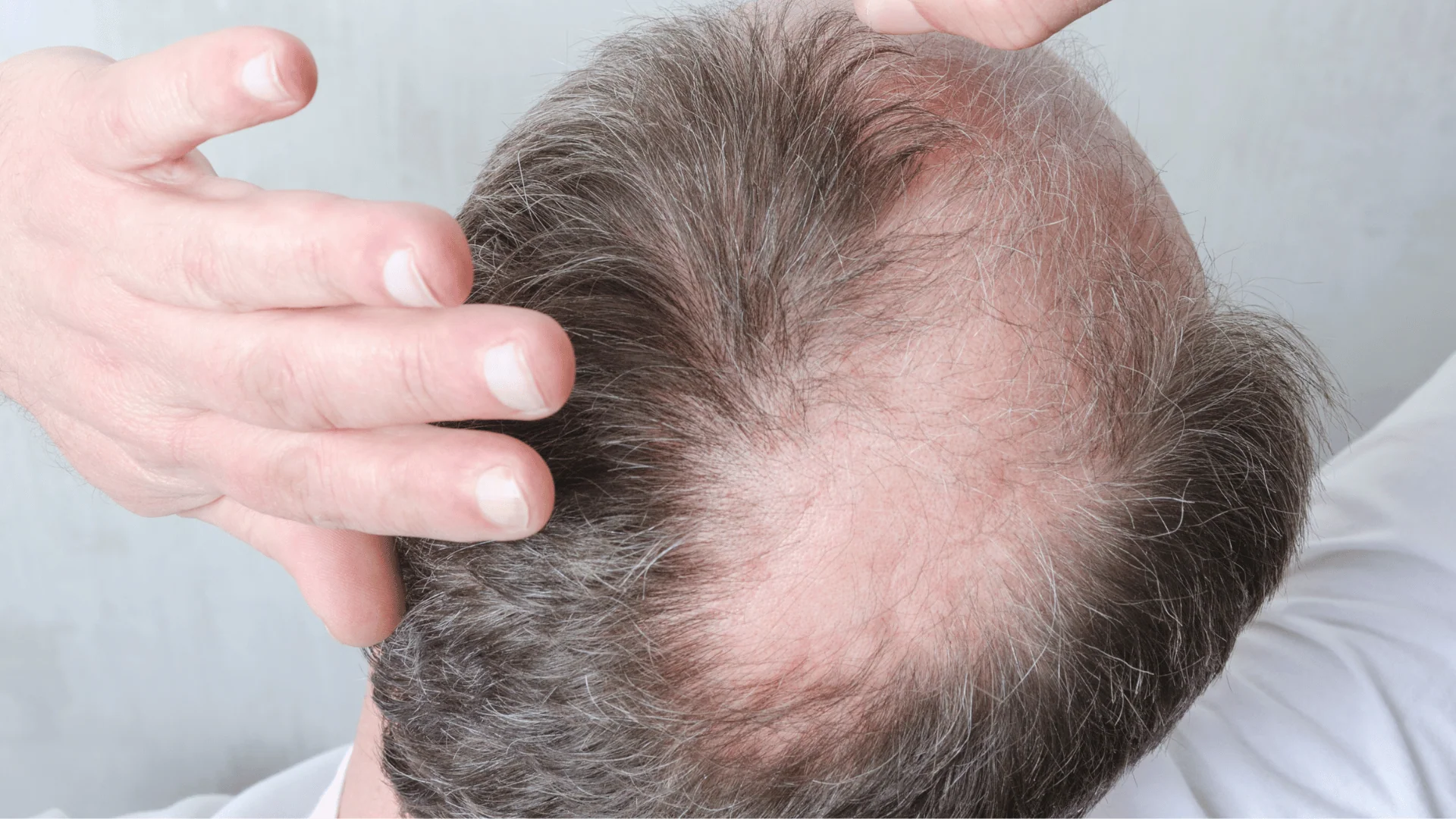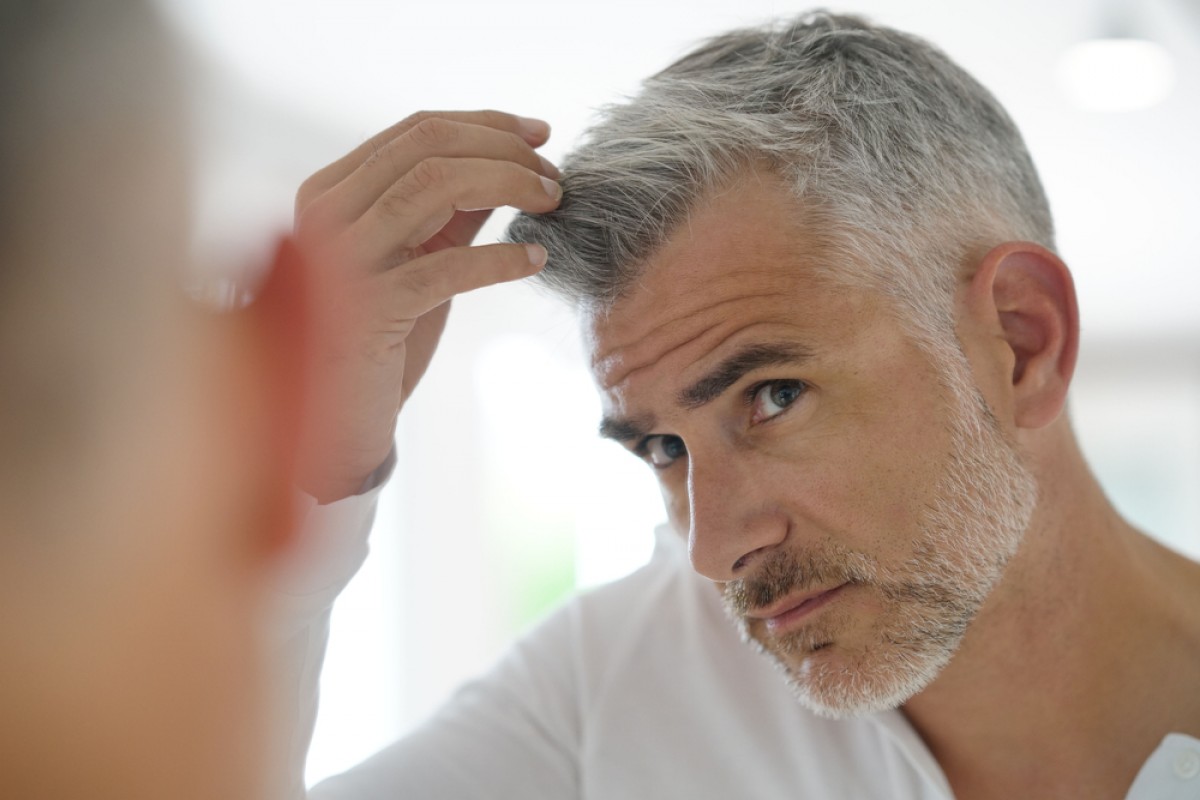Minoxidil is a widely accepted, evidence-based treatment for androgenetic alopecia. Its topical application acts as a vasodilator, enhancing hair regrowth by augmenting blood circulation to the scalp and prolonging the anagen phase of the hair follicle cycle. Despite its efficacy, some patients report experiencing local irritation—commonly presenting as burning or itching—particularly during the initial treatment phase.
These symptoms are generally mild and transient, but can occasionally suggest incorrect application, ingredient sensitivity, or an allergic response. Distinguishing between benign irritation and significant intolerance is essential for the safe and effective utilisation of Minoxidil.
Mechanisms of Burning and Itching
Topical formulations of Minoxidil typically incorporate alcohol and propylene glycol as solvents to facilitate medication absorption. These agents can compromise the skin barrier, especially in individuals with pre-existing sensitivity or compromised dermal integrity, inducing sensations of burning or pruritus.
Such reactions often stem from irritant contact dermatitis, a non-allergic inflammatory process. While the scalp may exhibit slight erythema or desiccation, the discomfort is typically minor and resolves with continued use or minor treatment regimen adjustments.
Conversely, allergic contact dermatitis represents a more severe immunological reaction, characterised by intensified symptoms, including extensive erythema, oedema, vesiculation, or persistent itching.
Differentiating Irritation from Allergy
To discern between simple irritation and a more profound allergic response, note these key distinctions:
- Mild itching that diminishes over time often indicates irritation.
- Stinging upon application, especially post-washing or scratching, is common and generally transient.
- Erythema localised to the application area suggests product sensitivity rather than an allergy.
Conversely, allergic reactions may present with:
- Vesiculation or urticaria
- Escalating pruritus
- Spreading rash beyond the application site
- Oedema or signs of infection
Should these severe symptoms manifest, discontinuation of Minoxidil and consultation with a healthcare professional is imperative.
Strategies to Mitigate Scalp Discomfort
For patients experiencing mild to moderate irritation, the following strategies may enhance tolerability:
- Transition to a foam formulation: Foam-based Minoxidil is devoid of propylene glycol, which is a potential irritant. Many patients report alleviated symptoms upon transition.
- Adhere to proper application techniques: Apply Minoxidil solely to a dry scalp with clean hands, ensuring it dries fully before introducing any additional products.
- Avoid overapplication: Adhere strictly to prescribed dosages (typically 1 ml bi-daily) to minimise adverse effects.
- Limit co-exposure to irritants: Avoid concurrent use of aggressive shampoos, potent styling agents, or abrasive compounds on application days.
- Incorporate a gentle moisturiser: Application of a light, fragrance-free moisturiser between treatments (not immediately after) can help re-establish the scalp’s natural barrier.
- Gradual introduction: Initiating treatment once daily for the first week can assist in acclimatisation before progressing to full frequency.
When to Consult a Medical Professional
Contact a healthcare provider if:
- Discomfort persists beyond the initial few weeks of therapy.
- A spreading rash, oedema, or vesiculation develops.
- There is noticeable scalp damage or signs of secondary infection.
- Uncertainty exists regarding the nature of your symptoms—irritation vs allergy.
Through Sons, patients have access to clinician-guided support to evaluate reactions and explore alternative formulations or adjunct therapies.
Exploring Alternatives
Should topical Minoxidil be intolerable due to persistent irritation or allergic reactions, alternative treatments are available:
- Off-label oral Minoxidil may be considered under clinical supervision for patients inadequately responding to topical solutions.
- Combination therapy with topical Finasteride may reduce the necessary Minoxidil dosage.
- Non-chemical interventions such as microneedling or laser therapies may offer additional benefits.
Pursuit of these alternatives should be undertaken following clinical evaluation and consideration of the patient’s hair loss type, medical history, and overall health status.
Conclusion
Mild scalp irritation is a common and generally manageable side effect of Minoxidil, particularly in liquid form. For most users, symptoms subside as the scalp adjusts. However, persistent or worsening symptoms warrant attention, especially if compliance becomes challenging.
The promising news is that various strategies can be tailored to optimise treatment—be it through altering your formulation, adjusting your regimen, or seeking clinical advice.
Addressing hair loss necessitates long-term commitment and comfort. Ensuring your scalp is accommodating to the treatment is crucial for achieving sustained outcomes.



